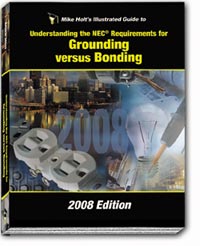I have not done much electrical in a while and so I am rusty when it comes to what needs to be done so I thought I'd run this by everyone to see if I was correct.
We have a 150A main panel with a 60A sub right next to it.
The house currently only has one grounding rod and so I believe it needs to be upgraded to two rods 7 feet apart and about 2 feet from the foundation.
The wire should be bare stranded 6 gauge.
Am I correct?
Thanks for the help
We have a 150A main panel with a 60A sub right next to it.
The house currently only has one grounding rod and so I believe it needs to be upgraded to two rods 7 feet apart and about 2 feet from the foundation.
The wire should be bare stranded 6 gauge.
Am I correct?
Thanks for the help


